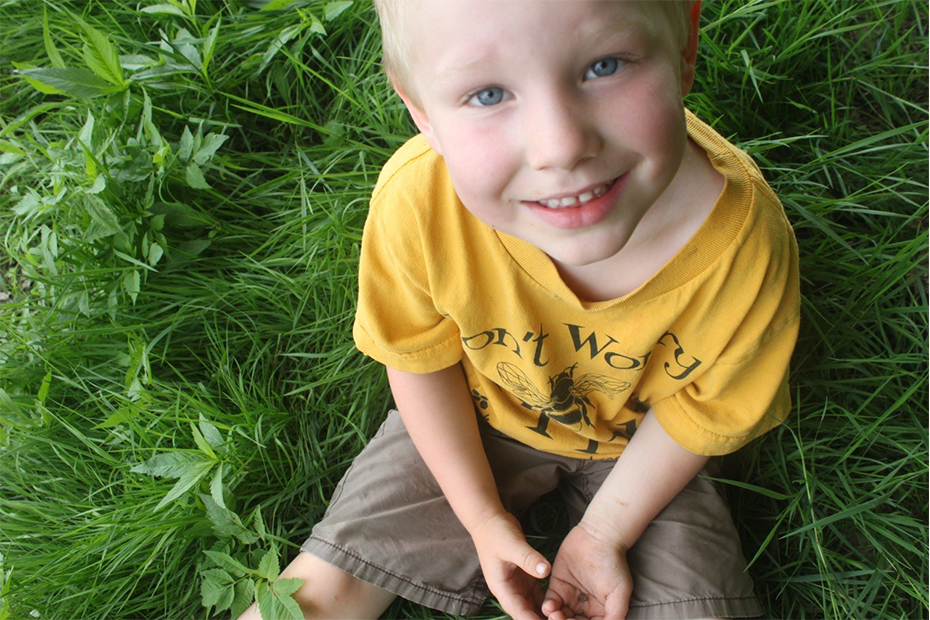Sarah Emons
What is the background to your Elgin Clean Water Program Project?
During heavy rainfall water would collect in an area of low-lying land around a small pond on my farm. The excess water in my field caused erosive runoff, impacting the water quality downstream of my farm. Since water pooled in this area, the land was marginal for crop growth resulting in poor yields. For this reason, my family and I decided to make a change on our land that would be beneficial in terms of water management and biodiversity.
What sort of project was finally undertaken?
The existing pond on my farm was restored and expanded into a much larger wetland that would more effectively capture, filter, and slowly release water. Native prairie grasses were seeded and trees were planted along the perimeter of the wetland to provide additional wildlife habitat.
Have you seen any improvements to your property after completing the project?
I have seen improvements on my farm in terms of both water management and biodiversity. The wetland itself manages water on my farm by slowing and capturing runoff. It has also led to improved groundwater recharge, while reducing downstream flooding and water quality issues by filtering and slowly releasing water. The wetland also provides wildlife habitat that has greatly increase the biodiversity found on my farm. This biodiversity has improved my farm by increasing the presence of beneficial insects like pollinators, but also birds and amphibians that consume insect pests.
